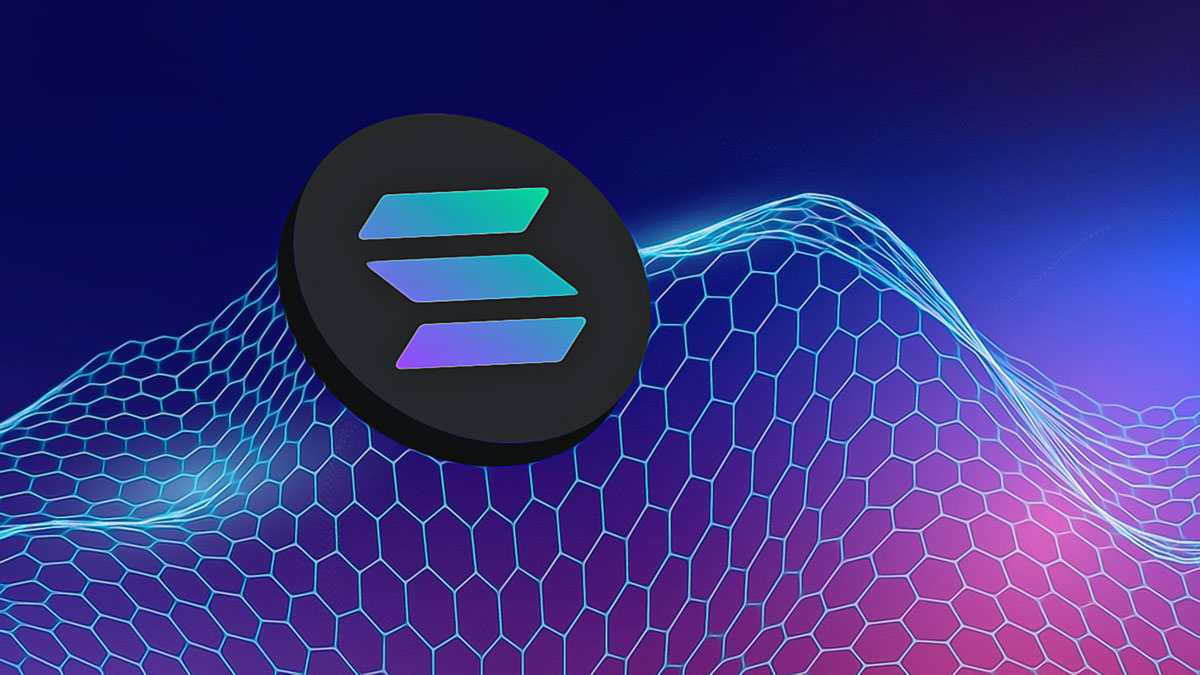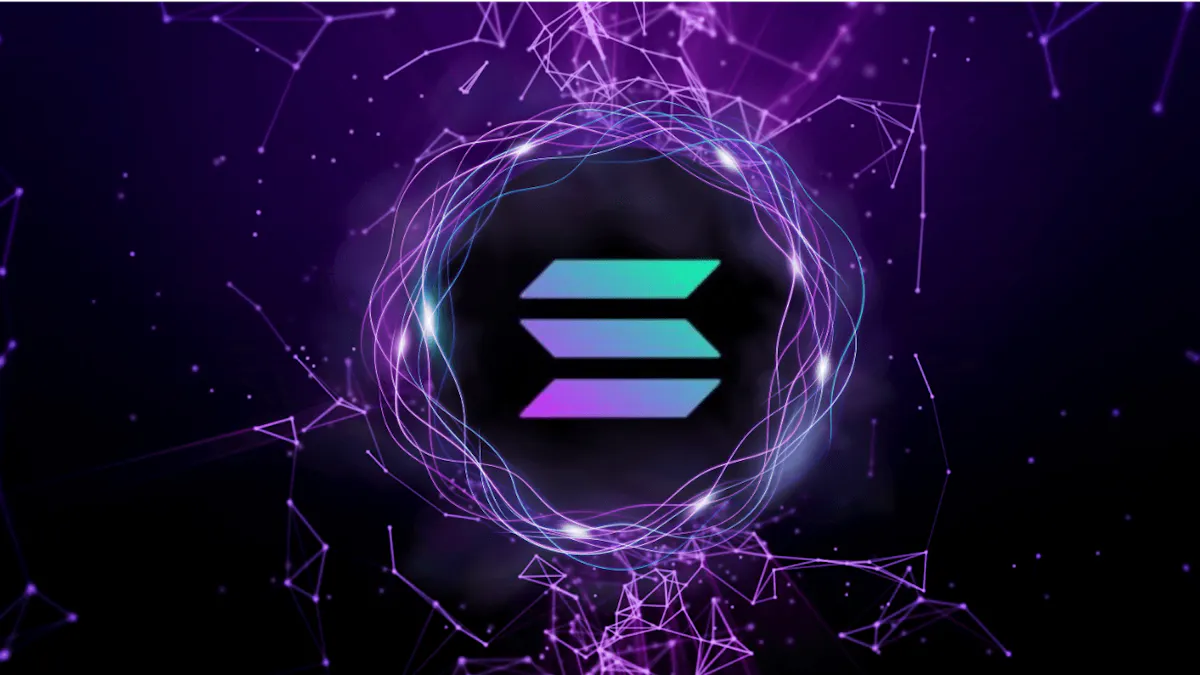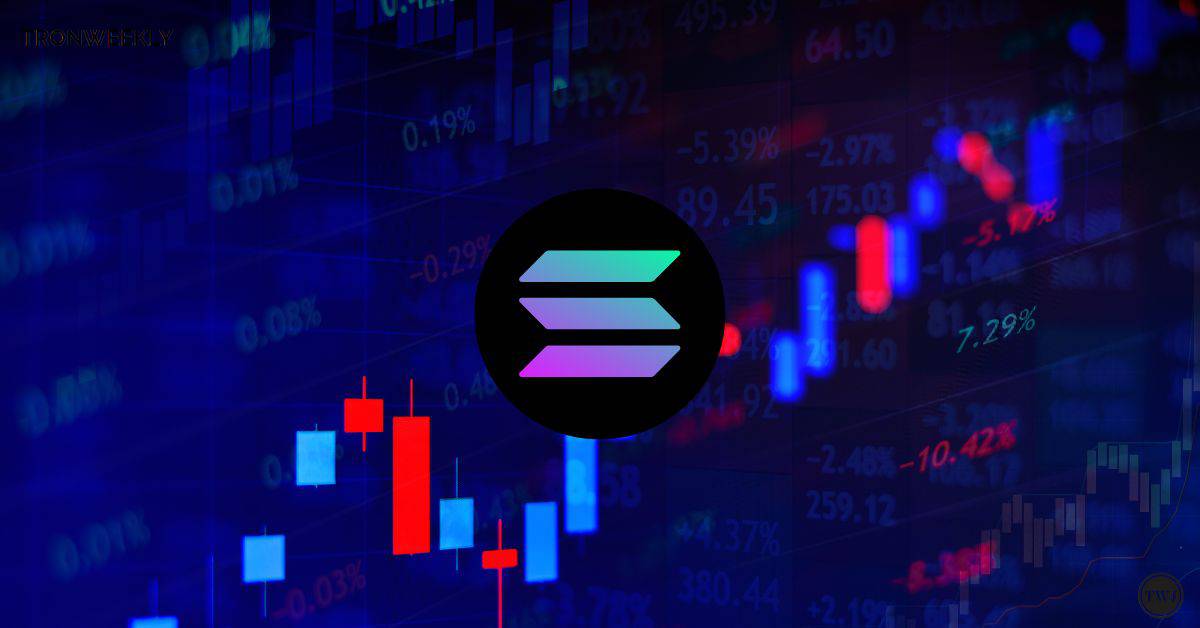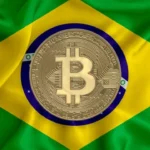Solana ecosystem has been on an expansion spree recently, however, the kind of growth observed has sparked debate. The daily active addresses on the Solana network rose to an all-time high of 54 in the month of July 2024. 33 million; up from 21 million – that meant an increase of 151 percent. The working capital turnover for the year ended at 6 million which was at the start of the year. This rise, although significant, has created controversy over whether it signifies genuine growth or a speculative bubble. On the eve, once again, of the Firedancer upgrade, which is expected to usher in further enhancements for the network, the future of Solana is on the line.
A Meteoric Rise: The Numbers Behind Solana’s Growth
The numbers of activity on Solana network in 2024 provides a picture of incredible growth in the networks usage. As per data, the network’s active addresses rose from 21 to 30 thousand after the token burn. 6 million in January to 54. 33 million in July. This sharp ryse amounts to 151 percent more than it was over just seven months. Active addresses were also sharply higher and non-vote transactions also hit a high of 1. 3 billion in July. These numbers indicate the fact that Solana’s network has recently experienced considerable increases in on-chain and users’ activity.

But the cause for this upturn are in question. Of this activity a large part can be associated with the memecoin mania that has engulfed the Solana network. Daily, weekly, and monthly hundreds of new coins are being created and this triggers a lot of speculation. This has without doubt boosted engagement, but has also raised questions about the type of growth this creates in the longer term.
“Memecoins have become both a driver of user engagement and a source of controversy on the Solana network,” says a blockchain analyst from Messari, a leading provider of crypto research and analysis. “While these coins attract users, the question remains whether they contribute to the ecosystem’s long-term value.”
The Quality vs. Quantity Debate
It is, of course, inspiring that the number of actively used addresses and overall transaction throughput is on the rise but such metrics, by themselves, are rather misleading. The relevance of this activity concerns not just the sheer amount, but the quality, too. Are the new addresses still active long-term users who have strong interest in Solana or are they bots, wash traders and other short term traders? It is important to make this distinction when evaluating the overall status of the network.

That is why it is necessary to take into account other variables, namely developer participation, the number of different kinds of dApps in use, and user stickiness. For example, the numbers of active developers, the number of projects besides trading applications also show the health and visibility of the Solana ecosystem.
“The surge in active addresses is encouraging, but we need to look deeper,” states a representative from Jump Crypto, a key developer involved in Solana’s upcoming Firedancer upgrade. “It’s the sustained engagement with diverse dApps that will ultimately determine the network’s long-term success.”
The Firedancer Upgrade: A Potential Game-Changer
While Solana has such problems, the network is not idle, and as we see below, the solution to most of them is still in development. The next upgrade called Firedancer is being created by Jump Crypto, and it should enable much better performance of Solana. This is an attempt to provide an alternative client implementation to solve this problem and might increase the transaction-processing ability of the network which could enable Solana to process millions of transactions per second rather than the current throughput.
This Firedancer upgrade could be the game-changer in Solana becoming one of the best high-performance blockchains. Should the tactic work, this upgrade could help to calm some of the worries that have been raised over the network’s recent expansion by offering the physical requirements for a more extensive and varied congregation of users.
Furthermore, it is impossible to overestimate the importance of Firedancer’s capability to increase the network’s reliability for Solana’s further development. And should the network continue to draw its user and developers, preserving the low fees and high throughput, and the efficiency of scaling will be paramount. What Firedancer has in store now could very well turn into an indicator of scalability, putting Solana ahead of all competing layers and chains in terms of sheer capability to optimise the much-discussed matter.
End Note
It is quite apparent that Solana experienced a significant increase in active addresses and transaction volume recently; however, the long-term viability of such growth is questionable. Most of this activity is owed to memecoin mania that has recently swept across the crypto market, with mixed feelings among the community members. As Solana gets ready for the Firedancer update for its ecosystem, the network’s prospects rely on how it will grow in size and popularity and how it will cultivate quality user interactions with different parts of the ecosystem.
Still, the Firedancer upgrade could be a turning point for Solana and, provided that it manages to perform at such a level, it would become one of the most exceptional blockchains in terms of throughput. But the real question is whether Solana will be able to sustain this current mania-inducing spike and turn it into sustainable and substantive organic growth for everyone in its ecosystem.



















































































































